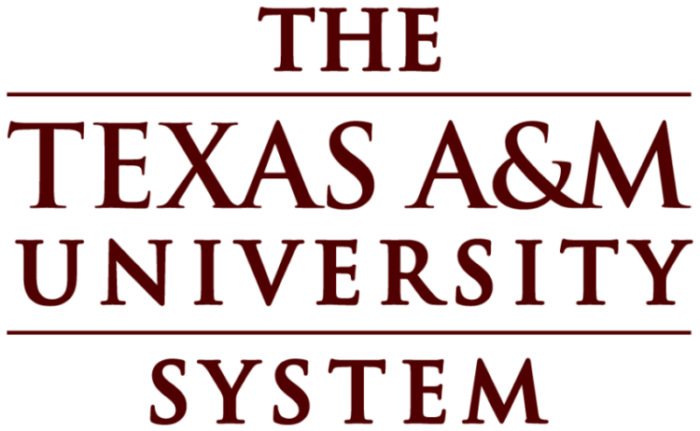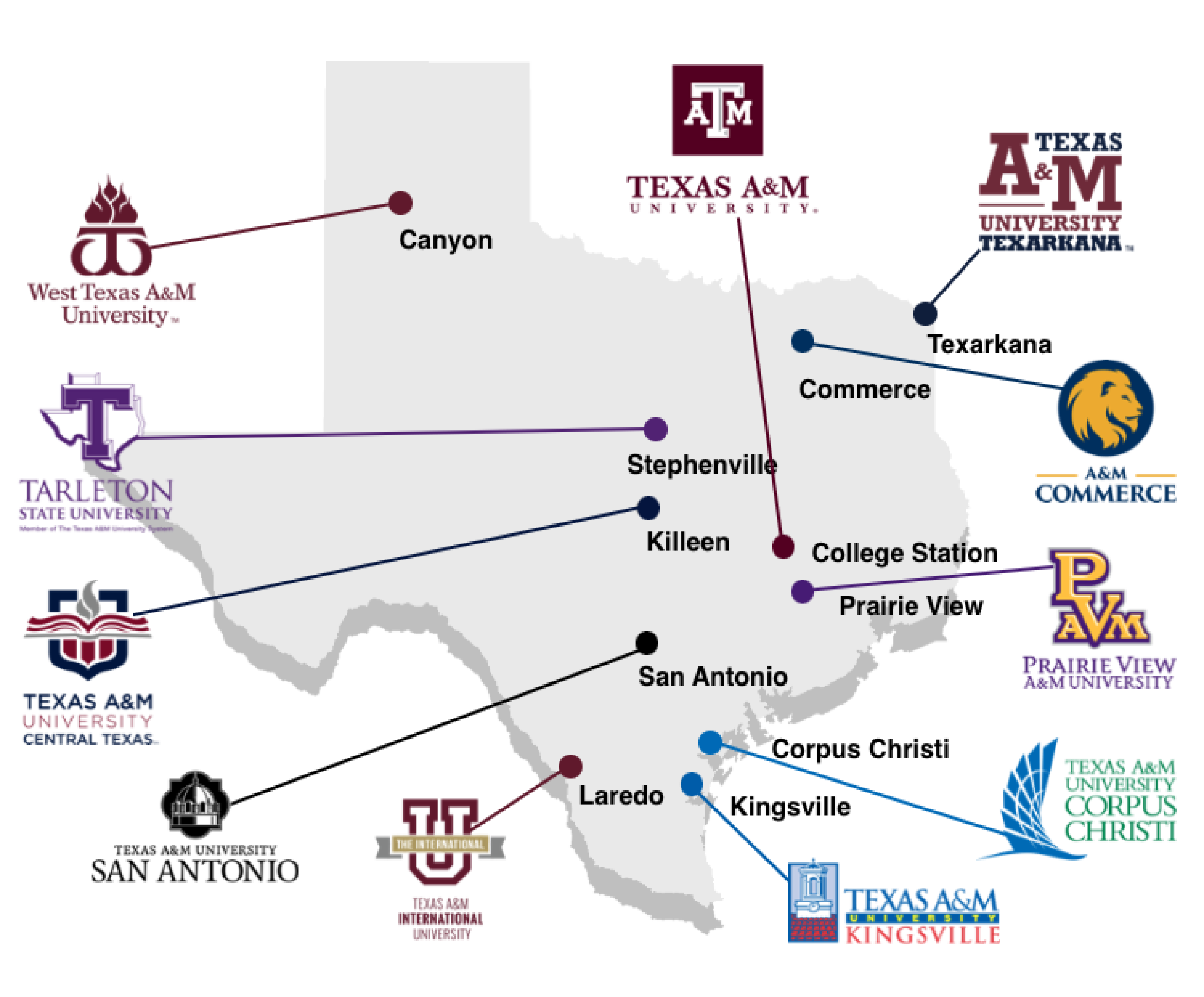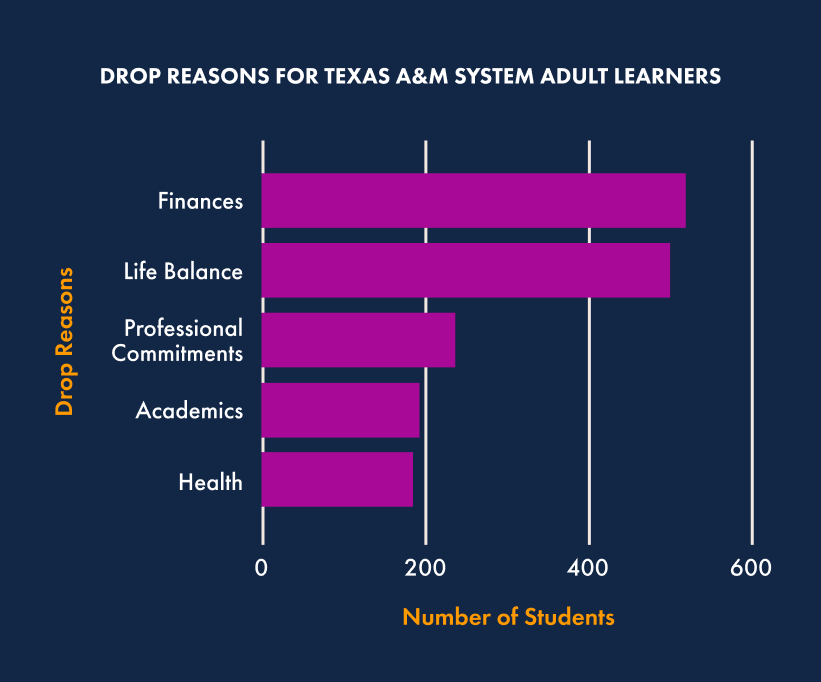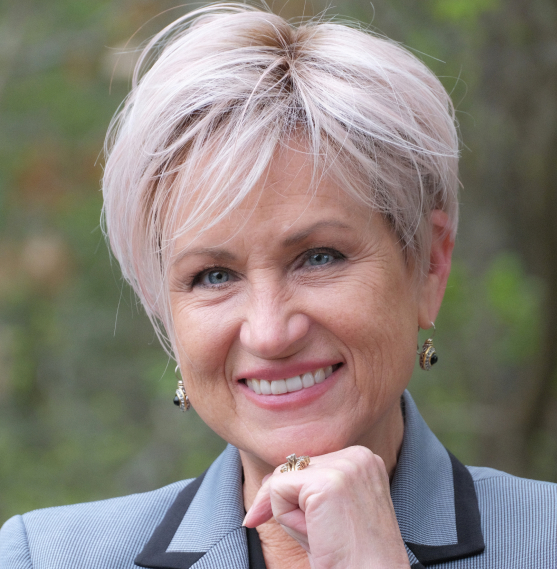Texas A&M University System

A critical component to the Texas A&M University System’s efforts to better serve Texas learners was to re-engage stopped out students through a ReUp partnership. With ReUp, the Texas A&M System gained insights from the student voice, developing real-time best practices that could be quickly scaled across its campuses.

The Texas A&M System is one of the largest higher education systems in the nation, with a vast network of 11 universities, eight state agencies, and a comprehensive health science center. The A&M System serves over 152,000 students — more than one in five students in a public university in Texas is enrolled in an A&M System institution.
Each of the members of the A&M System has its own mission, history and goals.
Before its partnership with ReUp, the A&M System had the high level goals of matching its student body to the demographics of the state, and erasing equity gaps. The member universities had their own independent enrollment strategies, with mixed results. As it grew, the A&M System created a ‘community of practice’ among enrollment management leaders. As it began to focus individual institution efforts into one central team, leaders realized that a critical strategy to achieve their shared goals was to include a focus on re-engaging stopout students.
“What drove us into the work was asking the question: if we’re focused on equity and retention, why aren’t we focusing on the students that have left us?” said Shonda Gibson, the Texas A&M University System’s Associate Vice Chancellor for Academic Affairs.
All 11 universities would need to find alignment on how to engage with students that had stopped out, speaking the same language, tracking the same data, and measuring the same results. To that end, the A&M System broke down silos through “communities of practice,” leaning on the data and expertise of ReUp to test and establish best practices across their institutions.
As the multi-campus network continued to hone in on its understanding of learners that were nearly left behind, its partnership with ReUp began to deliver strong results. By leveraging ReUp’s engagement engine of experienced success coaches and proprietary tech-enabled insights.
Read on to learn how they overcame common challenges — outdated processes, misconceptions about adult learners, and misalignment across different institutions — to create a more holistic approach to re-engagement and support that could be scaled across the A&M System’s vast network.
Partnership Overview
Engagements made by ReUp with
Texas A&M system students
Students enrolled
Tuition Recovered
Partnering with ReUp
Even prior to the global pandemic, the Texas A&M System’s identified the need to expand its re-engagement strategy with the Texas adult learner population. But at a time when student behavior was changing rapidly after COVID-19, barriers to returning to school were growing. The A&M System was not alone in needing outside expertise at a critical time.
A P3•EDU and The Chronicle of Higher Education survey found that, due to the rippling effects of COVID-19, 71% of university leaders see public-private partnerships growing on their campus. Michelle Marks, Chancellor of University of Colorado Denver and host of P3•EDU said, “It’s critical that universities explore and embrace new models for innovation and impact, including partnership opportunities.”
Shonda saw immediate value in the partnership with ReUp when it came to implementing best practices from a more objective vantage point.
“We trust that ReUp’s expertise on stop-out students can help us evaluate what’s happening and recommend what the best practices should be in a non-judgmental way,” says Shonda. “When you have an outside perspective, best practices don’t seem threatening — people don’t need to be defensive that their way of doing things is wrong.”
In addition to needing a re-enrollment expert that could provide data-backed best practices in reaching adult learners, the A&M System also needed a partner that could shoulder some of the weight of student coaching and support. They enlisted ReUp to implement a significant, long term partnership after an introduction to its work at an American Association of State Colleges and Universities (AASCU) conference.
“I left the [ReUp] session thinking, they’ve got this laser focus on the students who didn’t make it across the finish line,” Shonda says. “A light bulb went off from there. And now working with ReUp, very rarely do we talk about recovering tuition. It’s about changing the lives of people and giving them the opportunity to gain social and economic mobility. It’s about serving our state and making the world a better place.”
Insights that matter
When the Texas A&M System took a further look at who made up the 166,000 undergraduate students that left its universities between 2009-2021 with some college but no degree, they found that Hispanic, Black/African American, and First Generation college students were overrepresented.
To work towards erasing this equity gap and reflecting the demographics of the state of Texas, the A&M System urgently needed insights from ReUp in order to understand:
- adult learner outreach approaches that work
- the motivations of students to both leave and return
- the barriers – holds, re-application fees, debt, lack of transparency in processes, lack of flexibility in academic programs (entry, time, path)
- gaps in support and service; areas to improve
In the first year of the partnership, ReUp engaged with thousands of Texas students, gathering data through personalized, tech-enabled outreach and coaching support. ReUp’s proprietary predictive scoring enables institutions to anticipate the factors that correlate to enrollment and retention, including relationships to: self, the institution, external factors, and finance.
Soon, a set of common learner profiles began to emerge and ReUp discovered that life balance was the top reason why students had stopped enrolling at A&M universities. Over the next few years, ReUp data suggested that finances were becoming more of a barrier, closely followed by life balance and professional commitments.

As a picture of the Texas A&M System stop-out population became more clear, Shonda and her team shared ReUp resources with faculty, staff, and other leaders that helped to break down myths about adult learners. According to Shonda, there was a noticeable shift in mindset as a result: no longer were adult learners viewed as being stifled by academic ability and low GPAs.
Overcoming barriers — for students and staff
Before its partnership with ReUp, the A&M System’s individual universities managed their own set of enrollment goals, typically focusing on three things: building a freshman class, assisting transfer students, and focusing on graduate school enrollment every semester.
“We were stuck in an enrollment cycle that did not include stop-outs,” says Shonda. “You start to see melt from previous terms, but by the time you’ve focused on other enrollment goals, your time is up, and you’re stuck in this cycle.”
As they continue to work on independent enrollment needs, ReUp’s consultative insights have enabled them to expand their focus on more high level, overarching goals as well.
In the meantime, administrative hurdles had piled up. Enrollment teams were losing critical student contact information whenever students had changed names, addresses, or phone numbers. Another major barrier to reaching adult learners? Students that had stopped out were being defined in different ways across campuses, making data tracking all the more challenging.
As enrollment management worked together to better track student data, team members were forced to admit that there was a lack of system-wide policy standards to address sensitive aspects of an adult learner’s experience, such as when to place holds due to late tuition payments, or when individuals’ debts should be handed over to collections agencies. Often, there were different teams managing different functions of student finances. It became clear that administrators did not have a holistic view of the student experience.
It’s about changing the lives of people and giving them the opportunity to gain social and economic mobility. It’s about serving our state and making the world a better place.
— SHONDA GIBSON
Texas A&M University System Associate Vice Chancellor

Key recommendations from ReUp
A part of ReUp’s strategic approach and partnership philosophy is to not only offer a customized experience to learners based on their unique needs, but to customize support to individual institutions. Even within the context of a system partnership, ReUp develops each individual institution partnership, collaborating on unique objectives and tackling challenges in alignment with each institution’s vision and culture.
“ReUp truly assisted each campus in identifying areas of improvement,” says Shonda. “They reviewed and evaluated current practices and policies as part of an ongoing process, and systematically focused on scaling successful efforts.”
Some of the solutions that the ReUp Partner Success team offered to the Texas A&M System included flexible learning modalities, changes to readmission policies, and practices that supported learners’ lives outside of the classroom.
The key areas that ReUp identified that needed immediate attention included:
Eliminating application fees for returning students
Formalizing scholarships specific to adult learners
Formalizing debt forgiveness
Creating transparency in all processes and new policies
Offering flexibility in academic programs
Personalizing support resources and the websites to address the needs of stopped-out and returning students
Results year 1
Stopout students returned
Recaptured tuition
Scaling results through communities of practice
Change doesn’t always happen overnight, especially when 11 unique state universities are involved. As the A&M System received more insights from ReUp based on its ongoing engagement and growing student data, the university system was developing its own network to share insights and implement change at scale.
Called “communities of practice,” the cohort model allowed each university team to support and learn from each other, in addition to increasing accountability and strengthening its commitment to serving adult learners.
“There were a lot of conversations on the enrollment and academic side,” says Shonda. “We asked: how can we value the life experiences of students, while providing a truly valuable credential that’s worth the investment?”
The Texas A&M System’s communities of practice were able to leverage ReUp’s insights into adult learners, exploring the answers to these questions by bringing the student voice into the conversation to illustrate how students think.
The A&M System took incremental steps to change some of its policies and procedures, holding space for a ‘test and learn’ approach. For example, they stopped charging application fees for five stop-out students, then implemented the policy with 50 students. When this made a positive impact, they instituted the policy across many of its campuses.
Through its communities of practice, the A&M System has elevated its commitment to the mission of erasing equity gaps. According to Shonda, communities of practice have “helped to ground bigger communication around the moral obligation we have to get students across the finish line. There is a sense of relentless ownership when it comes to student success.”
Results that make all the difference
The Texas A&M System partnership with ReUp has provided value beyond increased enrollment numbers and recaptured tuition over the past four years. Shonda and her network of teams have learned how to engage and support their unique population of adult learners, underpinned by a deep understanding of student motivations, challenges, and needs.
Leaning on ReUp insights and bolstered by communities of practice, they’ve built a culture of continuous improvement to better serve this unique population and improve their lives.
As a direct result of the ReUp Texas A&M System partnership:
- At least two campuses have dedicated staff members focused on re-enrollment; one campus has a specialist dedicated to early outreach
- Application fees for re-admitted students been eliminated at many campuses
- More scholarships are being offered specifically for students coming back
- A handful of universities in the system have secured additional state grants as a result of ReUp’s research and findings on re-engagement
“The thing I’m most proud of, and what makes me think one day I can retire happy is that, now, we are seeing first generation students of color coming back disproportionately,” says Shonda. “We’ve learned that when you give time, attention, and resources to these critical populations of students, they come back.”
ReUp Education is revolutionizing the enrollment to graduation journey for all adults seeking higher education. Built upon the belief that with the right support, resources, and people in your corner, anything is possible we partner with future-facing institutions and state systems to bring equitable success in higher ed to all.
Demystifying the Adult Learner: The FAFSA® Is Not Enough
For adult learners, many of whom are juggling multiple responsibilities including work, childcare and elder care, traditional financial aid resources like the FAFSA® and work-study are not enough when it comes to financing their degree.

Let’s start the conversation
Schedule a call with a ReUp team member to learn more about what a ReUp partnership could do for your institution.